Ever wanted to try Home Brewing, but didn’t know where to start? I know that it can be overwhelming. Here is a short, easy guide to gathering a home brewing kit for beginners.
JUST STARTING OUT AT HOME BREWING? CHECK OUT THIS EASY CHOCOLATE PORTER HOME BREW RECIPE. IT IS PERFECT FOR BEGINNING HOME BREWERS!
For several years, I wanted to start home brewing. What wasn’t to love about it? I could be creative. I could be scientific. It was a craft that I could hone over the years. It produced something that I could share with my family and friends. Even the thought of being able to name my beer was exciting to me! But, I hesitated to do it. I’d get online to start doing some research and just be completely overwhelmed by all of the gear that you needed. What the heck was a hydrometer? What is that brass tube spiral tube thing? Its a wort chiller? Huh?
My wife finally gave me the nudge I needed when she gave me a great beginners home brewing kit for Christmas one year. This kit pretty much had everything that I needed in it. But not quite. There were a couple things that I wished it has included. It also had a couple things that I didn’t need. So, over the years I’ve come to the conclusion that here really are only a couple things you absolutely HAVE to have to begin home brewing. So, this blog post is sort of a companion post to my How Hard Is It To Brew Beer post. For this post, I want to really simplify the equipment that you need and make it a less overwhelming.
Home Brew Supplies 101
One caveat before I begin this post: if you go online and start reading in Home Brewing forums and threads, you will find that people agree with each other just as much as they disagree with each other. I will certainly list some things on here that others feel you don’t need. And I will certainly leave off some things that others feel are essential. My goal with this post is to tell you the BARE MINIMUM of equipment you need to make your first batch. Obviously, there is a lot of equipment you can buy to speed things up, improve quality control, etc. Also, I am not focusing on the actual PROCESS of making beer here. Just the equipment. If you want more of a step-by-step walkthrough, check out my How Hard Is It To Brew Beer post.
What Ingredients Do I Need?
I get this question a lot. I can see how confusing it would be to think about all the different ingredients that can go into making beer. Some beers are dark, some are sweet, some are bitter, some are red, some are clear. There must be a million different ingredients to choose from! How do I know what to put in and how much of it I need? For the beginner, the simple answer is: “don’t worry about”. You can buy beer kits online or, usually, at your local beer supply store. This will give you all the ingredients that you need for the particular beer that you choose.
Generally speaking, beer is simply a mixture of water, sugar, hops and yeast. You can either get your sugar from grains, malt extract or a mixture of both. Using only grain to brew your beer is called “All-Grain Brewing”. Using extract is called “Extract Brewing”. Sometimes, if you are using a Malt Extract, you don’t even need grains. The type of grains, hops and yeast you use changes the style of your beer. If you are feeling a little more confident and feel like buying a brew kit “isn’t really making your own beer”. You may want to try coming up with your own recipe. A great way to start this is to look up recipes online (there are a ton of them). Then tweak them a bit to your liking. Is there a favorite hop of yours that isn’t in the recipe? Add it! A very helpful tool in this endeavor is Beersmith. You can put all your ingredients in and it will tell you how your beer will turn off. Do you need it? Nope! But it helps!
Another question I get regarding ingredients is: what type of water should I use. In a pinch, you can use tap water, but the beer probably won’t taste quite as good. I use store bought Spring Water. This is another topic that will get all sorts of different answers from different people!
BARE MINIMUM INGREDIENTS TO BREW BEER:
- Water
- Sugar (either grains, malt extract or both)
- Hops
- Yeast
What Equipment Do I Need For Home Brewing
You brew day is actually pretty straight forward. You are going to:
- Steep your grains
- Add your malt (sugar) if you are doing an extract recipe
- Boil Hops
- Put it in container to ferment
- Add Yeast
So, to begin with, you will need heat. Most of us probably have stoves in our home. So use that. Again, there are a ton of ways to introduce heat to your recipe other than your stove. But your stove will work, especially if you are doing an extract recipe. The next thing you need is a brew kettle to put everything in. Obviously, you will want the largest stainless steel pot you can get. The bigger the pot, the better. But, if you are on the stove a 5 gallon brew kettle will work fine.
The next thing you will absolutely need is a muslin bag to steep the grains. You cannot skip this piece of equipment. The good news is that they are pretty cheap!
While the grains are steeping, and generally during the whole brew day, you will want to keep an eye on the temperature of the water. When I started out, I had a simple, water resistant thermometer that I set up just like the picture below. It worked great!
The only other piece of equipment need to make your beer is a large spoon to stir everything around. I have mine pictured at the top of this post. I also use this spoon to aerate the wort after I pitch the yeast.
After your boil. Your boil, you will need to get your wort down to around room temperature before you put it into the container you are using to for fermentation. After about one year of cooking my wort by lots of different methods, I finally decided that it was worth it to buy a wort chiller. This is a long tube of brass that cold water will run through and will chill your wort as quickly as possible. Yes, you can brew without it, so I’m not including it on the “must have” list. But if your gonna splurge on something, this should be it!
After your beer is chilled to room temperature. You’ll need to put it somewhere safe for the yeast to do it’s work and turn it into tasty beer. Some people use carboys, some just use fermentation buckets. I have been using a wide mouth carboy for primary fermentation and I love it! It is super easy to clean, it is plastic (light and unbreakable) and I like being able to see my beer while it is fermenting.
The last piece of equipment you should have on your brew day is an air lock. These are also pretty cheap and easy to use. If using a wide mouth carboy like I have pictured above, you will need a rubber stopper to put in the hole where the air lock can fit.
Minimum Equipment To Brew Beer:
- Some sort of heat element
- 5 Gallon or larger Brew Kettle
- Muslin Bag
- Thermometer
- Large Spoon
- Fermenter
- Air Lock
Equipment Needed To Bottle or Keg
I made the decision at the beginning of my Home Brewing adventure to keg all of my beer. In the seven years I have been going this, I have never tried to bottle my beer. So I can’t really speak from experience about bottling. In my opinion, kegging is the way to go. Although the initial buy-in will cost you more, it is so much easier than cleaning and sanitizing all those individual bottles, filling them all up, making sure the priming sugar is correct, capping them, etc… With the keg, you just fill it up, crank the CO2 and wait a couple of days. So, what exactly do you need to keg your beer?
First, you will need a keg. Most brewers use the 5 gallon Soda Keg, either the pin lock or the ball lock will work. I use the pin lock and like the fact that I can manually release the pressure if needed. You cannot do that with the ball lock. For more on the differences between these two kegs, read here. Your local home brew store should sell kegging systems with everything you need (including the CO2). Or they are easy to order on the internet.
It HELPS to have a fermenting bucket with a spigot. Then you can run a 3/8″ tube from the spigot right down to the bottom of you keg to fill it up. Again, you can go down a serious rabbit hole of best kegging practices, but, again, I’m keeping things a minimal and simple as possible. If you don’t have a spigot, you will need an Auto Siphon to rack the beer into the keg.
Once the beer is in the keg, crank up the CO2 and you will be ready to start drinking in a couple of days!
Minimum Equipment To Keg Beer:
- Kegging system
- 3/8″ tubing
- Auto-Siphon or Fermenting bucket with spigot
I hope you enjoy your home brewing, Again, you can easily find lots of people on the internet who will be doing things a lot differently than this. Many of them really know what they are doing and I am sure make fantastic beers. But home brewing is one of those things that can get really complicated quickly. If you want to keep things as simple (and cheap) as possible, I think this guide for a home brewing kit for beginners will be a great place to start! Cheers!
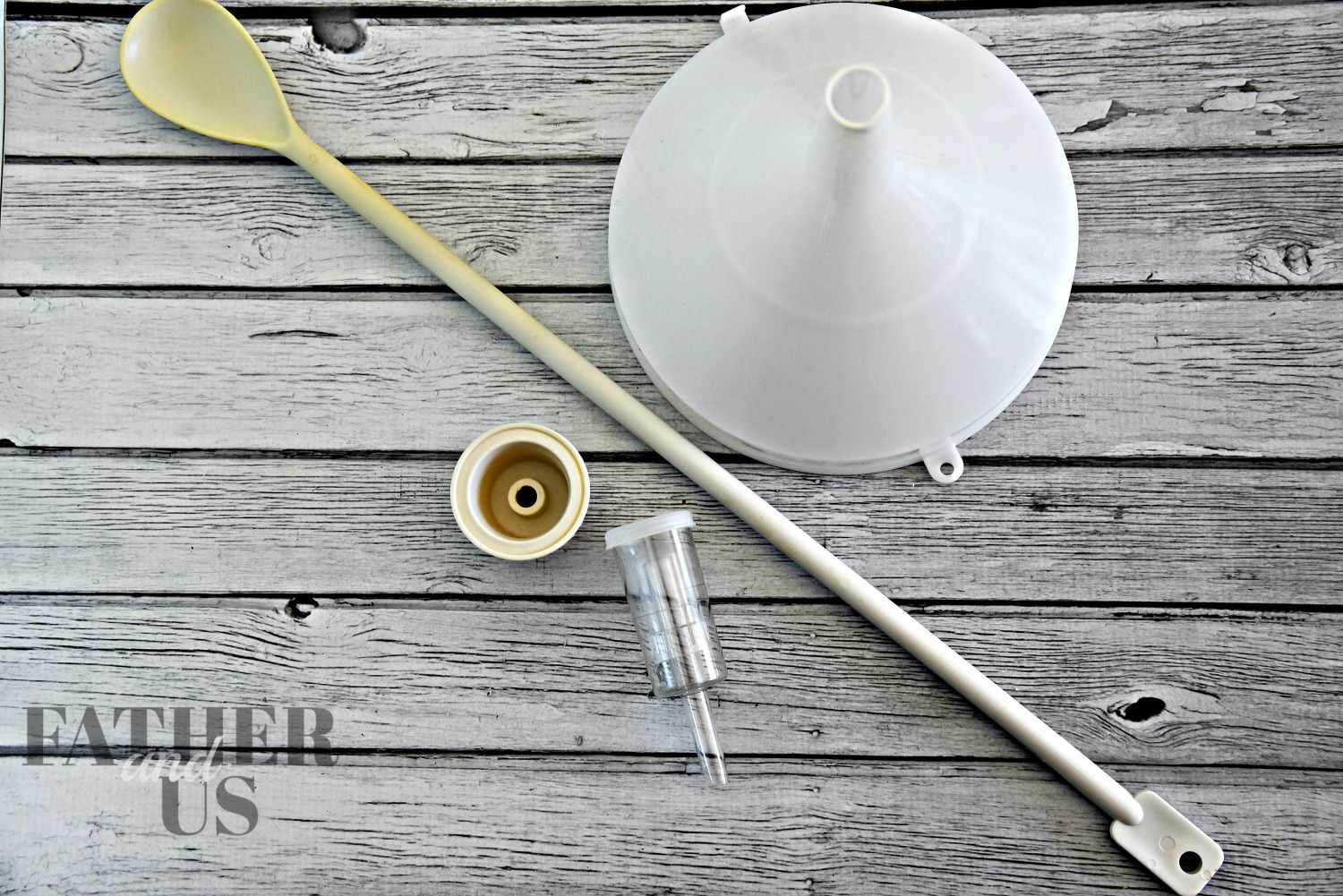
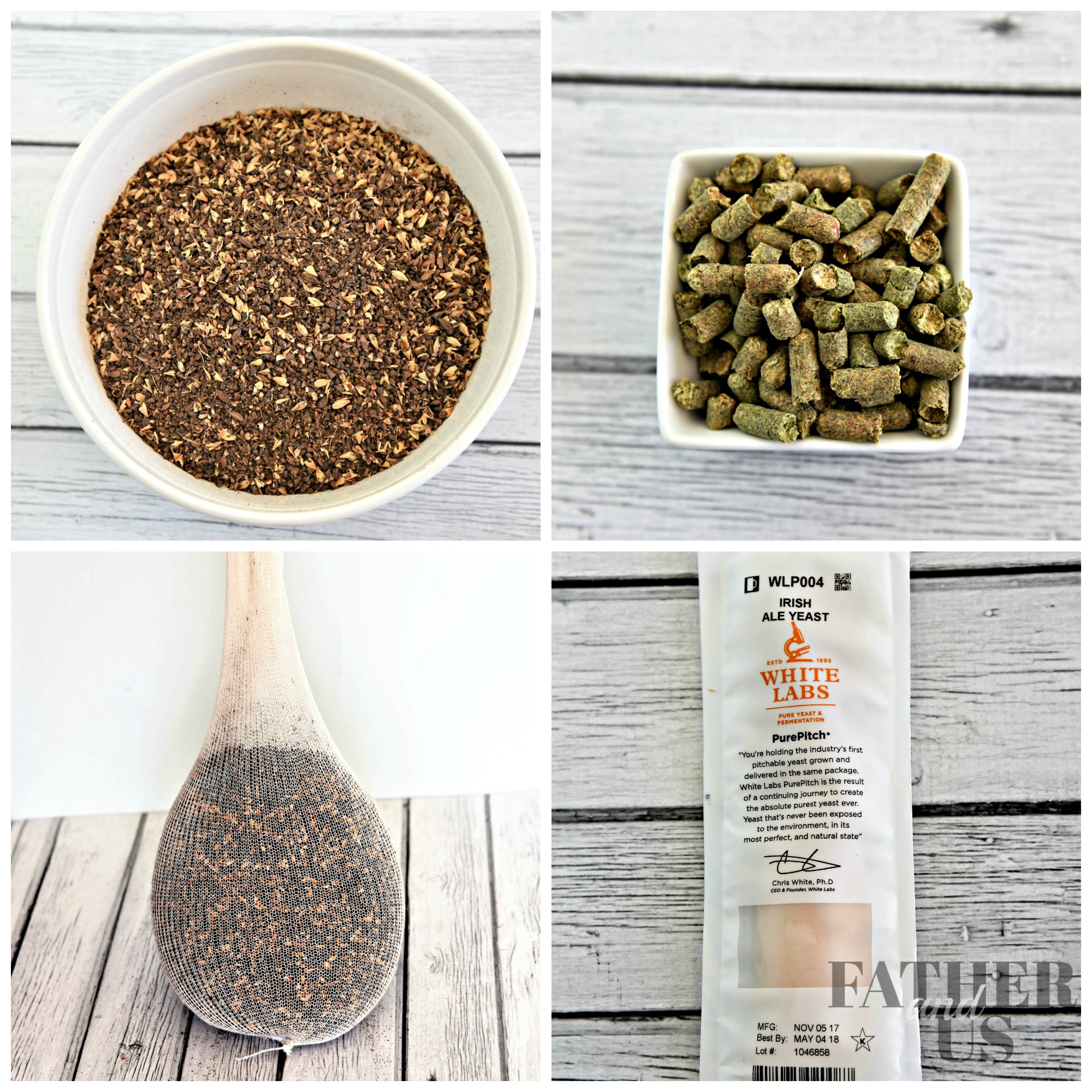
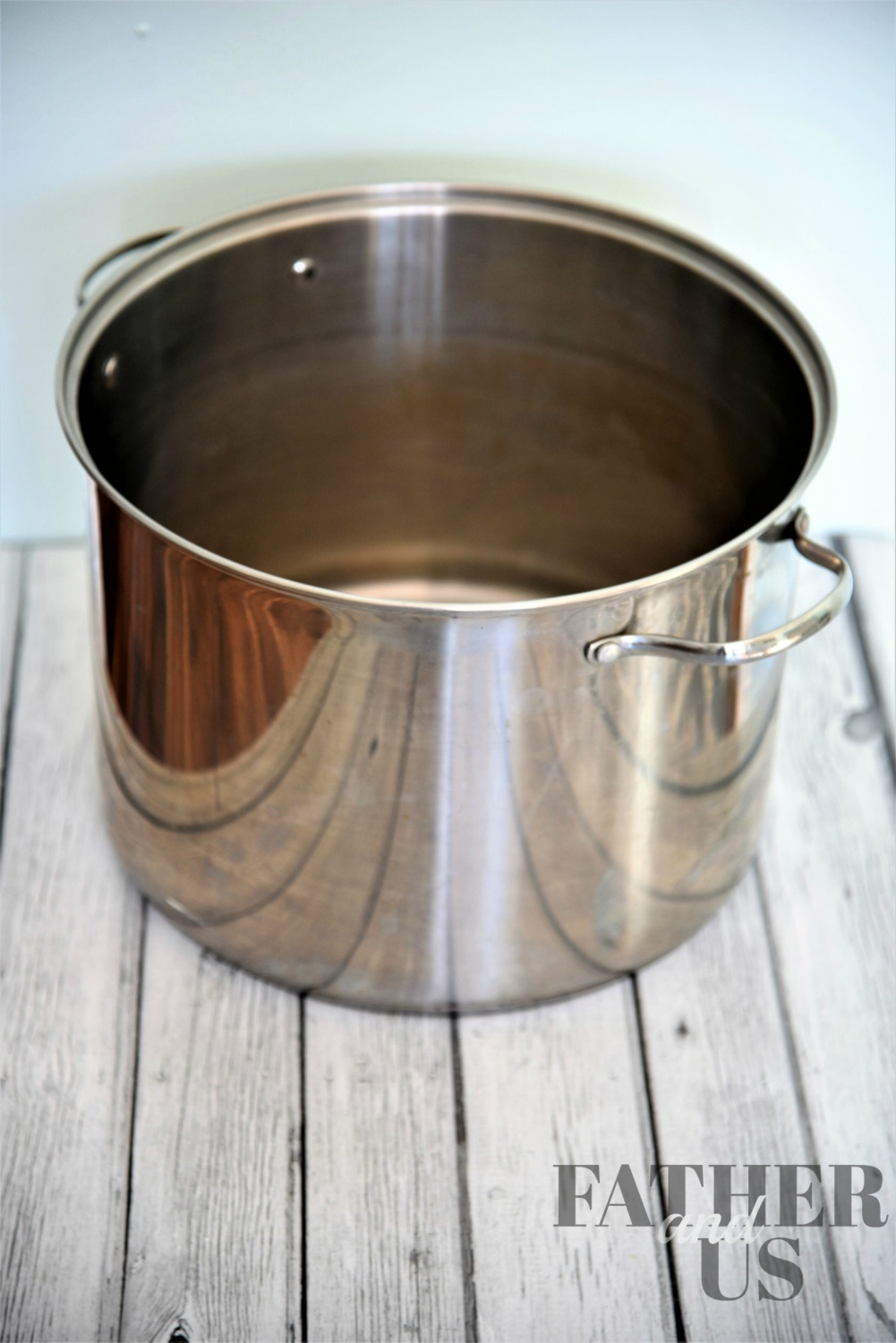
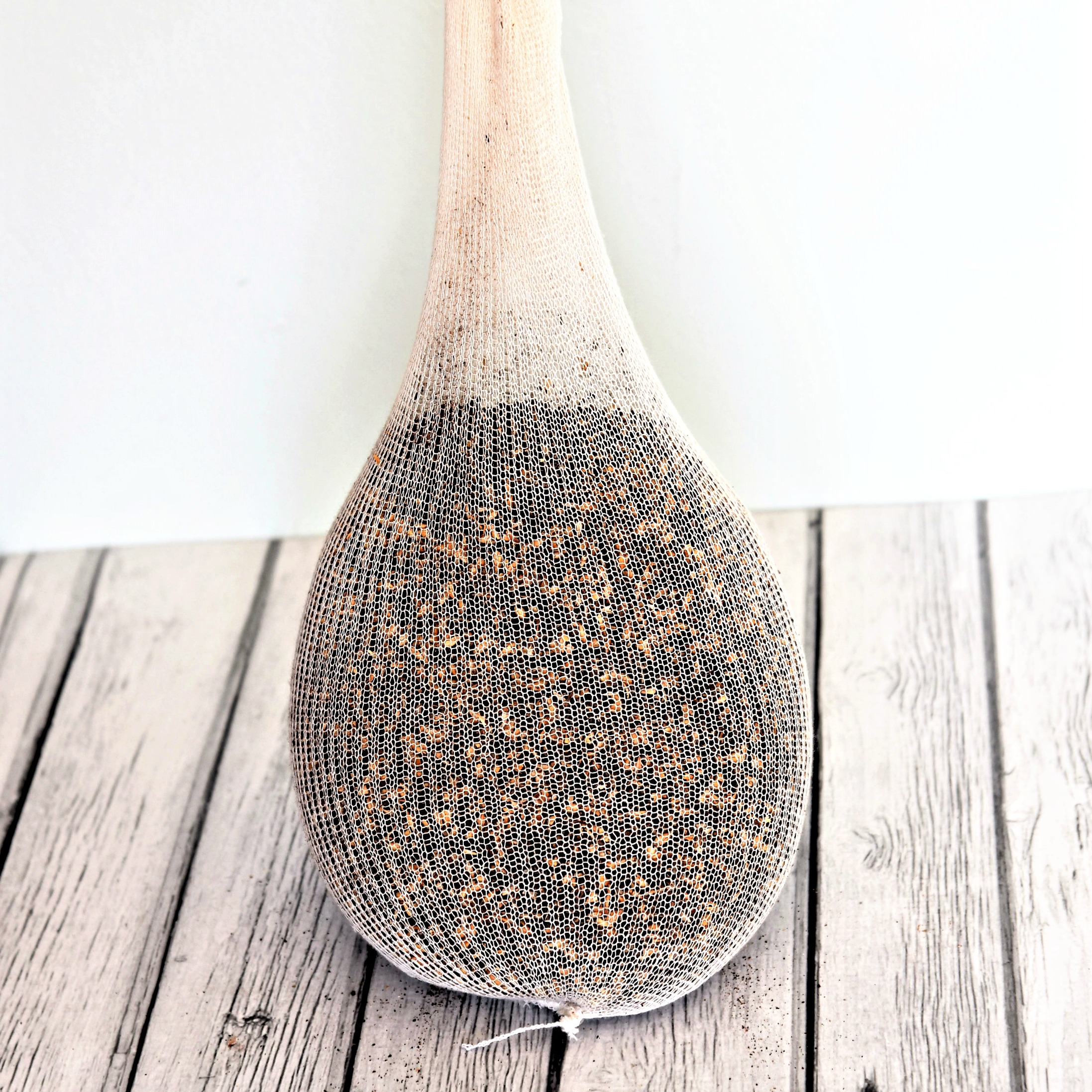
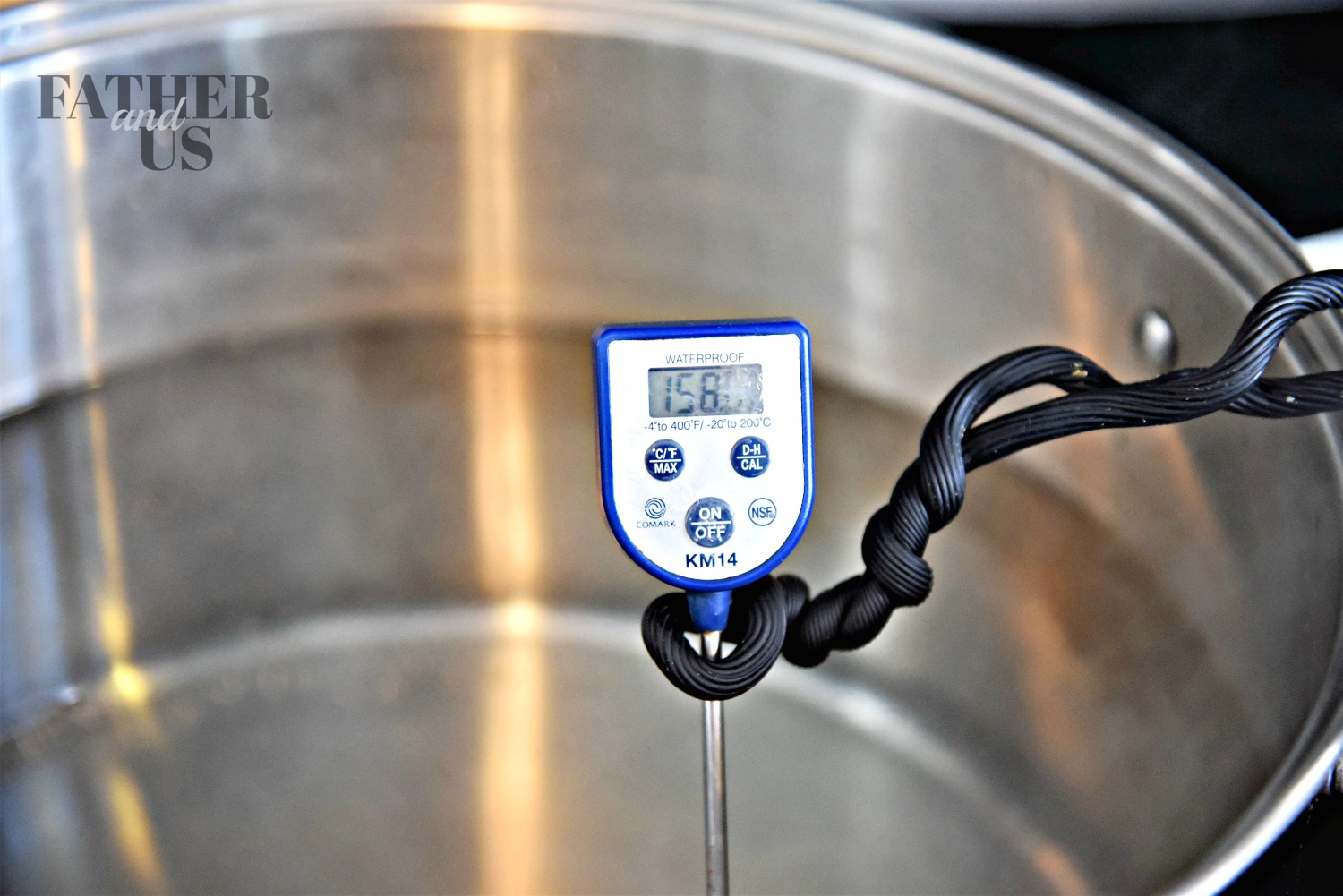
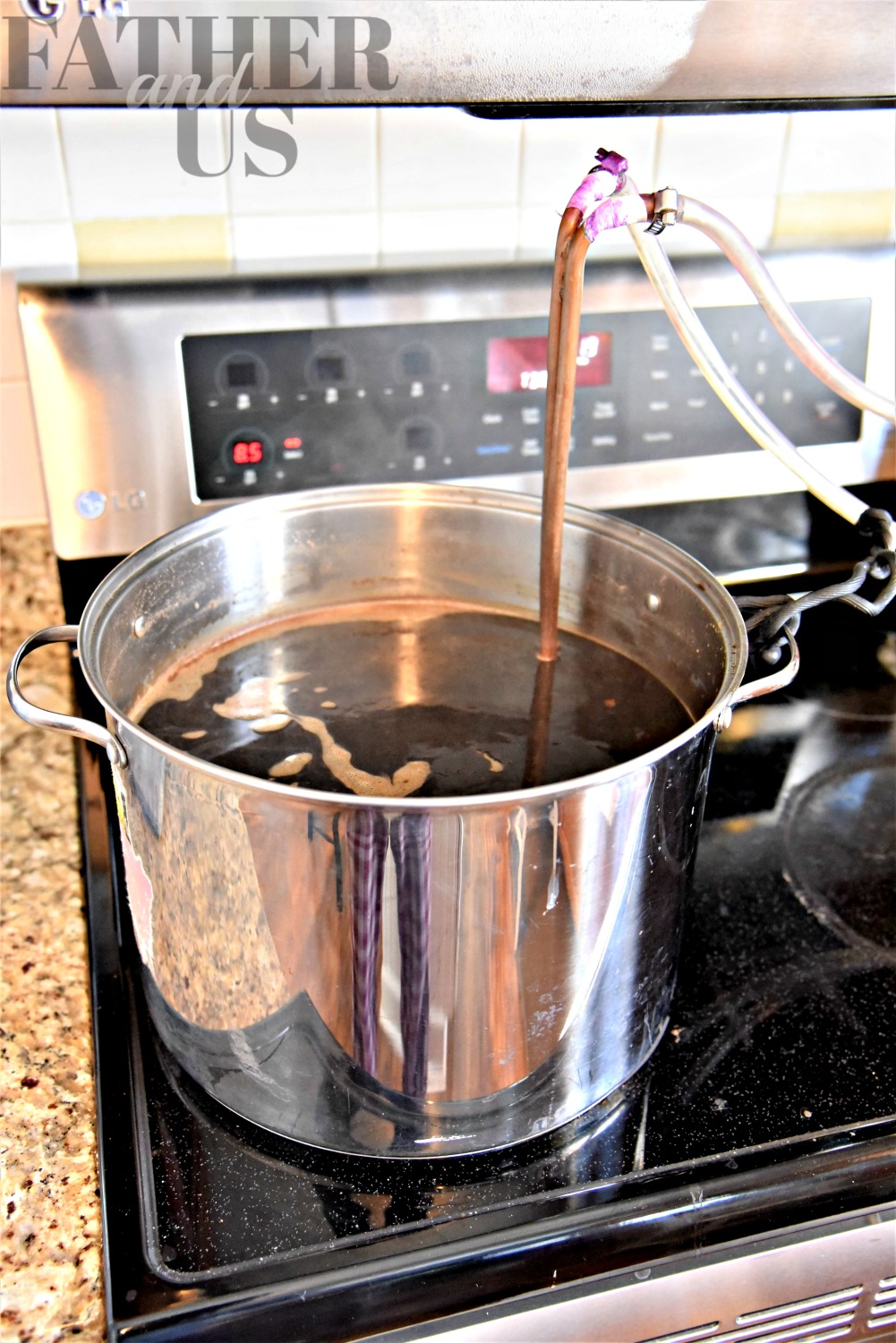
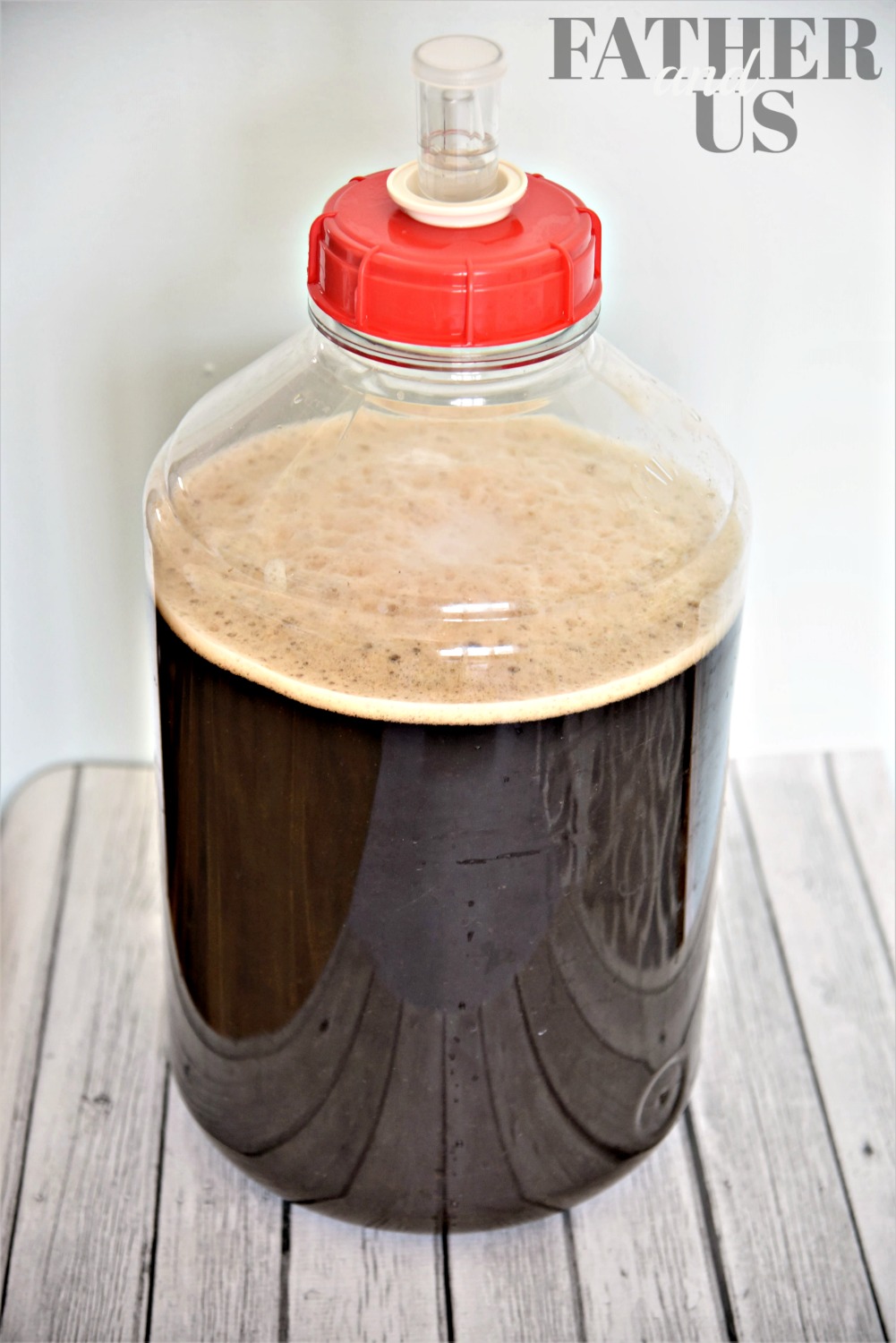


Leave a Reply